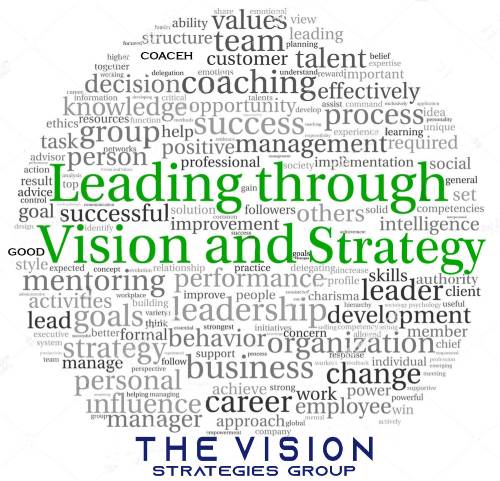



STRATEGIC PLANNING
Our unique Strategic Planning process is comprehensive and engaging. We will help you define “Where” you want to go, and “How” to get there. Many organizations get wrapped up in the day-to-day operations and routines, and the thought of planning out the next 5, 10 or even 20 years is hard to imagine or comprehend.
Strategic planning helps in defining your goals and priorities, with sometimes learning “What” you genuinely want to accomplish, where you want to go, and how fast you want to get there through prioritization. We will guide you through a “thorough self-examination” regarding the goals and means of their accomplishment so that the organization is given both direction and cohesion.
Our service will help to formalize your plans for the long term for effective and efficient attainment of organizational goals. We will conduct extensive environmental scanning. It is a projection into environmental threats and opportunities and an effort to match them with organization’s strengths and weaknesses.
While long-term planning may not be fully equipped to absorb environmental shocks, strategic planning is done to comprehend, anticipate and absorb environmental vagaries. Strategic planning is a continuous process. Every time organizations want to achieve a higher growth rate or change their operations, desire for better progress, coordinate activities of different departments, remove complacency from organizations; they make strategic plans.
Our first step is to ask you to have a serious assessment of your vision, mission and goals of the organization, followed by mapping out measurable objectives and ways to accomplish the identified goals.
Our systematic approach will be formally documented with a process for deciding what are the goals, how they align, what are their priority and how to achieve them.
We recommend you consider these six steps:
- An Open Systems Approach:
The challenge of planning should be dealt through an open systems approach. It suggests that leaders must consider interactions with their total environment in every aspect of planning. The open systems approach makes it necessary on the part of the leaders that they consider the environmental variable such as, technological, social, cultural, legal, political, and economic factors. Further, they must also consider their internal interaction pattern, that is how their planning process is affecting others and is affected by others. When leaders take all these factors into account, they are in a better position to plan and execute their actions.
- Participation in Planning:
Planning progress should be a joint one. The best planning is likely to be done when leaders and all stakeholders are given an opportunity to contribute. Participation in planning which includes being informed, contributing suggestions, and being consulted, leads to good planning commitment, loyalty, and leader effectiveness.
- Integration of Long-Term and Short-Term Plans:
Leaders often focus their attention only on short–term plans. A good planning process involves integration of long-term and short-term plans. A short-term plan contributes towards the achievement of the long-term plan; therefore, a leader must take into account the alignment of their daily activities with their long-term plan. They must constantly evaluate and review their short-term plans contribution to their long-term plans.
- Communication of Planning:
Many planning efforts fail because leaders do not adequately emphasize the role of communicating various planning elements, such as, goals, strategies, policies, and planning protocols. If these are communicated clearly, adequately, and timely, the team is motivated and excited for the planning process and its success. When your team understands the various aspects of planning, they are in a better position to foresee their future course and may develop a habit of planning all aspects of their routines in the future.
- Initiative:
Planning to be effective must have the initiative and support from the policymakers. The success or failure of any organizational process and planning process rests on them. The basic objectives which are set through policy must be a two-way process which is inclusive of all stakeholders. Further, when the leadership wholeheartedly supports new programs and initiatives, it naturally stimulates planning interest throughout the organization.The long-term planning cannot suggest this is a top down only process, however, the planning process should be a collaborative one which include all stakeholder’s input.
- Establishing a Climate:
The leaders should strive to establish a climate where every person in the organization has some level of buy-in of the strategic plan. This process should include, team meetings, regular forms of communication and allowing for feedback throughout the process. All obstacles should be removed to assist in creating the plan. The planning process should be published to the organization, allowing for input from all stakeholders along the way. The leaders should designate appropriate staff assistance and information at all levels of management through this process.
We look forward to discussing what a customized Strategic Plan would look like for your organization and how it would help move your organization forward.
